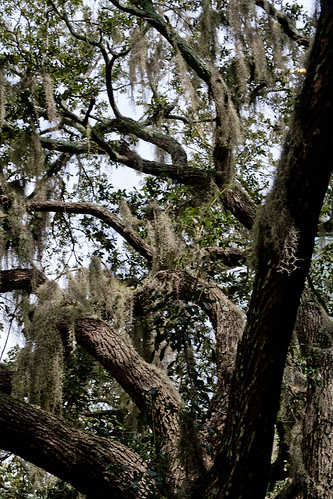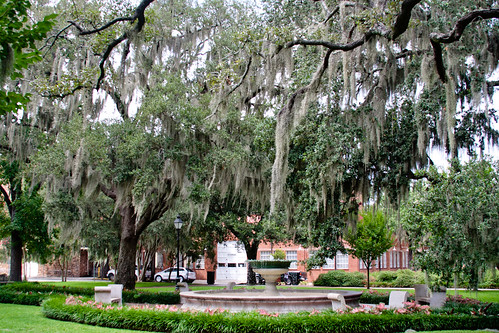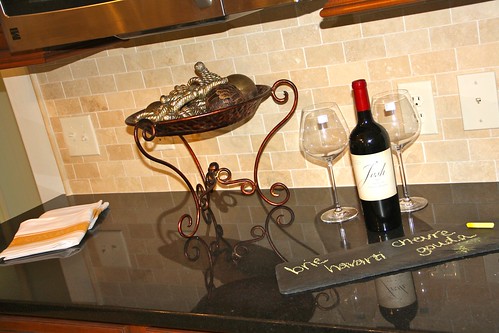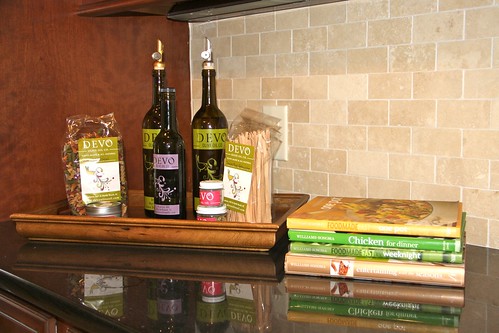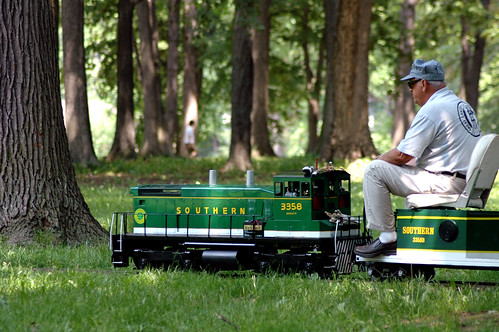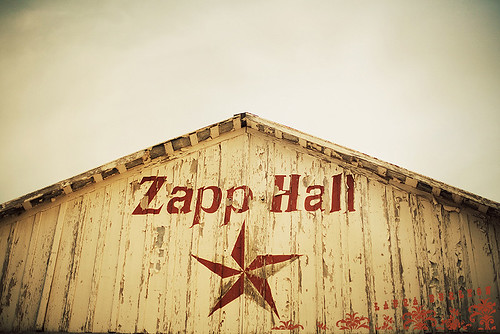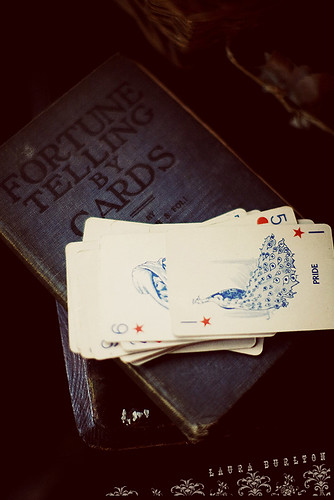
EPISODE SYNOPSIS: One of the great living documentary makers of the modern day, Les Blank joins BYOD. After fifty years making incredible docs that showcase the human spirit through art, struggle and humor, Les Blank has a wealth of knowledge to share with Ondi and Vlad. Mr. Blank takes us through his early days and his decision to pick up the camera, his jump to film making and dealing with subjects on the outside of society, to dealing with artists to find the human spirit. He spares few details along the way and let’s us in on his life-threatening filming Herzog, from the jungle of South America on “Burden of Dreams,” to filming the director famously eating his own shoe. Mr. Blank is still a brilliant artist and illuminating guide through the history of doc making. GUEST BIO: Les Blank is a prize-winning independent filmmaker, who the New York Times have famously called, “a master of movies about the American idiom… one of our most original filmmakers.” In 1967, after two years in the Ph.D. film program at the University of Southern California, and five years of freelancing in Los Angeles, he began his first independent films, on Texas blues singer Lightnin’ Hopkins (The Blues Accordin’ to Lightnin’ Hopkins) and the newly forming sub-culture known as flower children, (God Respects Us When We Work, But Loves Us When We Dance). Blank’s films are marked by series of intimate glimpses into the lives and music of passionate people who live at the periphery of society …
www.freedailyleads.com. Get 100 Free Leads Per Day and Free Email Blaster. Become a Manager and make 0 per sale by someone else working for you. http Buys 4000 Visitors Your Website Profit Center Empower Network Free Marketing System 100 MLm Leads Daily… Make Money Online With HerbD and The Silver Fox Lead factory & These Free Trial Auto Posters, Robo Calls, Classified Ad Poster, Phone Dialers & Broadcasters, Internet Leads Scrapers, Heavy Hitter Leads. Bulk Email Management Blasters, Affiliate Marketing & Lead Generator, Auto Blogger Blogging Software Tools Free Trial Auto Posters For BackPage, Twitter, Facebook, Linkedin, YouTube, Blogs, Google+(Google Plus), Blogger, Delicious, Diigo, Stumbleupon, Pinterest, Plurk, WordPress, Tumblr, social networks, WordPress, profiles, business pages, community pages, Facebook groups These Powerful Biz Building Tools Work Perfect For Any Money Making MLM Multi-Level Marketing You Are Working PLUS Offer Resell Rights with the Silver Fox Lead factory … 2X5 Forced Penny Matrix Lead generating System! AMERIDOC-TELEMEDICINE-SERVICES, Neucopia, National Home Workforce, iWOWWE, Banners Broker Offer passive income. Make Money With ZNZ, GLOBAL NPN, My PC Back Up. Instant Money Network, TRAFFIC DASH BOARD BUZZ BLOGGER, Skinny Body Fiber, MYECON, HBB ACADEMY, Generate Leads With Lead Net Pro, Voice Broadcaster, BYO AUDIO, CLOUD MONEY COMPUTING, SIMPLY ONE CUSTOM FREEBIES, WEB SPAWNER, INSTANT REWARDS, Body By Vi, Sky Buddy, POWER …
